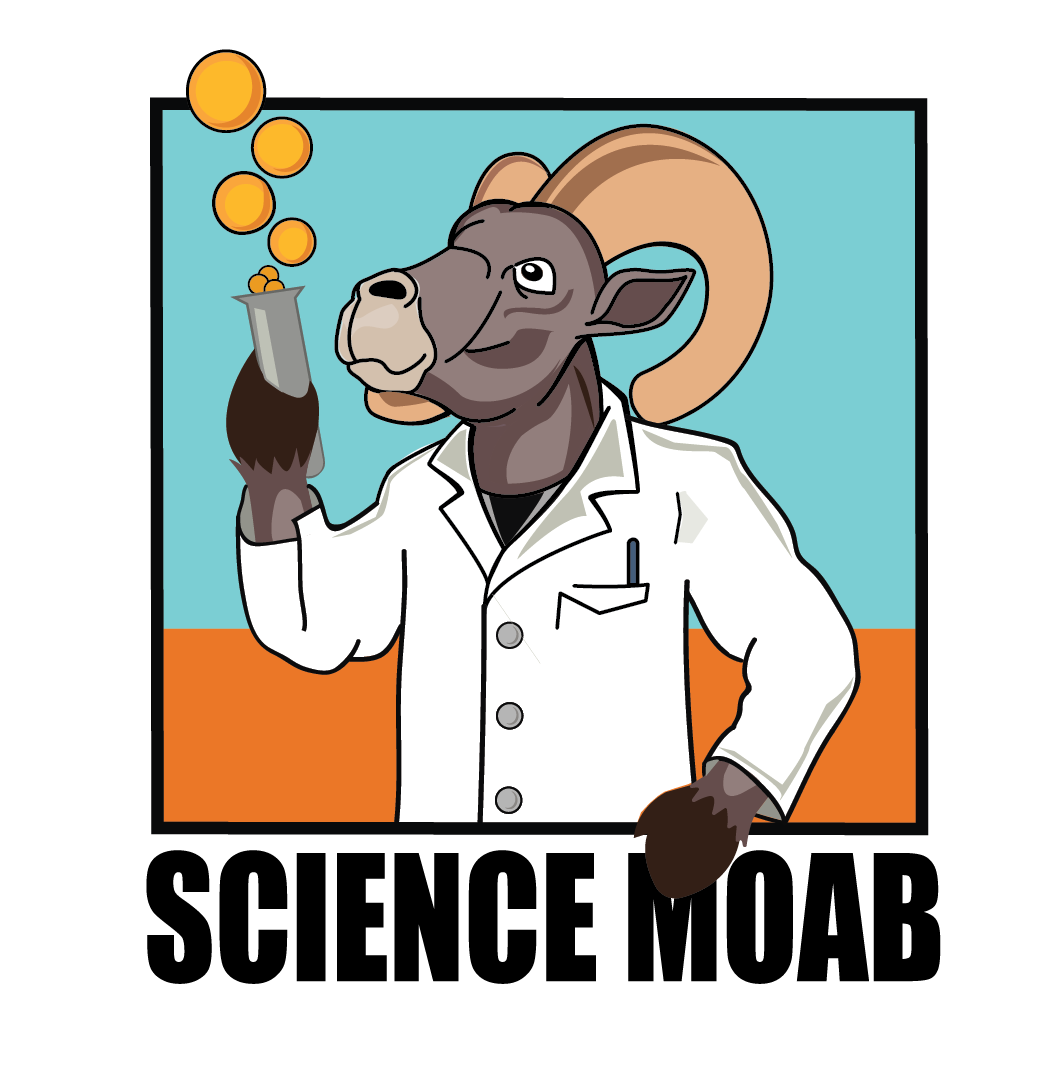Some information may be outdated.
The Colorado River is one of the main forces shaping the landscape around Southeast Utah. Here we talk with Dr. Joel Pederson and tease apart new information about the Colorado River and the forces that carved the landscapes we see around us. We explore the unanswered questions about why erosion is happening so fast in Moab, Utah and the central Colorado Plateau.
Science Moab: What can rivers tell us about erosion over large, landscape scales?
Pederson: The Colorado River system is the way that all water and sediment gets out of our landscape. So if you understand the history of the Colorado River, you understand most of the history of the landscape. It sets the pace for everything. It sets the pace for erosion and the signals of erosion, whether they’re fast or slow. A lot of the work I’ve done is focused on understanding the history of the Colorado River and even though rivers are just a tiny piece of the overall landscape, they’re really important for understanding geologic erosion processes.
Science Moab: Why is Moab an interesting landscape to study erosion?
Pederson: Moab is where erosion is hitting the fan. For years, I did a lot of work in Grand Canyon, far downstream from Moab, and of course the Grand Canyon is a spectacular landscape. It’s really easy to think that the Grand Canyon is a place where there’s a lot of young, fast erosion happening, but the work we’ve done in recent years around southeastern Utah and Moab shows this landscape is eroding three or four times faster than the Grand Canyon. In southeastern Utah, there are lots of places marked by huge broad plateaus, so it’s not necessarily intuitive that that sort of broad landscape is eroding so much faster than the Grand Canyon is, but it is.
Science Moab: Why is erosion happening faster here?
Pederson: For reasons we don’t totally understand, southeastern Utah in the central Colorado Plateau is a bullseye of erosion. There’s disproportionately faster erosion here. There are a couple different hypotheses, but we don’t know exactly why.
If you look at the bedrock geology in the Grand Canyon, for example, and you compare it to the rocks that are around Moab, the rocks around Moab are measurably weaker. You can mechanically break them or a river can erode through them much more easily. By the time the Colorado River gets to the Grand Canyon, it is working against a lot of hard limestones and really hard granites in metamorphic rocks that are older and deeper in the crust. So part of the explanation surely is that the rocks around Moab are very weak and easily erodible. But that’s the only part of the explanation. Just because a rock is easy to erode through it doesn’t mean that the river wants to erode through it very fast.
Science Moab: So what is another possible explanation?
Once the Colorado River gets off of the high plateau and western Grand Canyon area into the Lake Mead area, then that causes what we call a “base level drop” at the downstream end of the Colorado Plateau. Imagine if a river makes its way off of a plateau, it might be a cascading waterfall into some lowland, which we’d call a knickpoint in geology. That steep waterfall area gradually works its way upstream through the river systems through erosion. So it’s actually geologically very possible that once the river went to the sea, off the edge of the plateau, it has taken a few million years of time for that wave of erosion to work its way upstream to the Moab area. That progression of a knickpoint upstream is really what I personally think explains why the erosion is hitting here now. Fast erosion that started in more ancient times in the Grand Canyon has worked its way up here now.
This interview has been edited for length and clarity. To learn more and listen to the rest of Joel Pederson’s interview, visit https://sciencemoab.org/colorado-river/.
Science Moab talks with Dr. Joel Pederson about Moab’s geologic cutting edge
Appreciate the coverage? Help keep local news alive.
Chip in to support the Moab Sun News.





